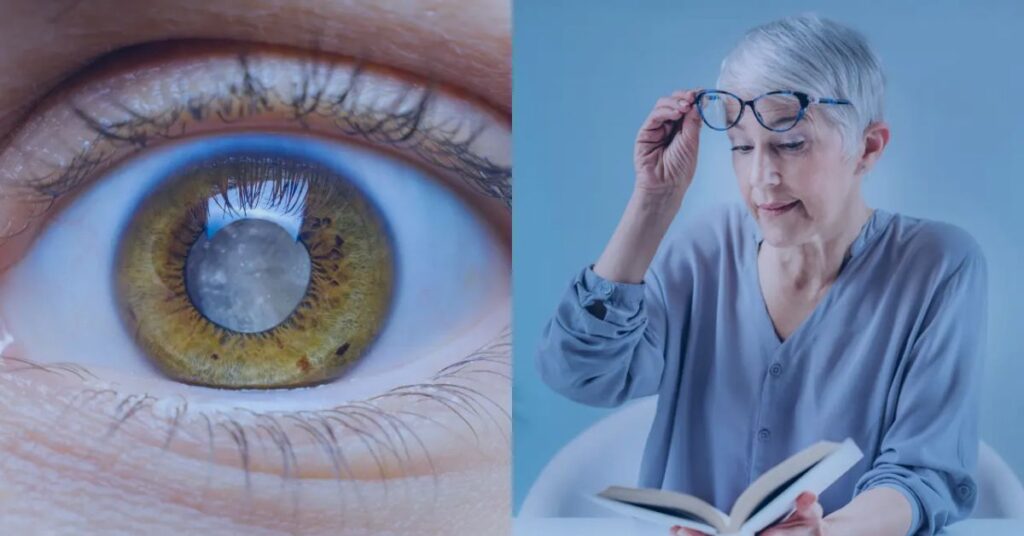Cataracts are one of the most common eye conditions affecting adults, especially those over the age of 40. A cataract occurs when the clear lens of the eye becomes cloudy, leading to vision problems over time. Though cataracts develop gradually, recognizing the early signs is important to prevent serious vision loss. Many people ignore these symptoms, thinking they are simply signs of aging or needing new glasses. However, catching cataracts early can make treatment more effective and protect your eyesight. In this article, we’ll explore the early symptoms of cataracts in adults and when to see an eye specialist.
Blurry or Cloudy Vision
One of the first signs of cataracts is blurred or cloudy vision. It may feel like you’re looking through a foggy window or a smudged glass. This can make reading, driving, or watching TV difficult. The blurriness may start small and gradually worsen over time.
Increased Sensitivity to Light
Adults with early-stage cataracts often notice they become more sensitive to bright lights. Sunlight or headlights from oncoming cars may cause discomfort or even pain. This light sensitivity can also make it harder to see clearly in bright environments.
Trouble Seeing at Night
Cataracts can affect night vision. You may notice it’s harder to drive after dark or see clearly in low-light situations. Streetlights and headlights might appear dimmer or scattered, leading to unsafe driving conditions.
Seeing Halos Around Lights
Many people with cataracts report seeing halos or glare around light sources, especially at night. These bright circles can interfere with clear vision and make night driving difficult. It’s one of the most noticeable early symptoms and should not be ignored.
Fading or Yellowing of Colors
Colors may begin to lose their sharpness or appear yellowish. You might notice that your favorite clothes, flowers, or food don’t look as vibrant as they once did. This is due to the lens of the eye changing and blocking certain light wavelengths.
Frequent Prescription Changes
If you find yourself needing new glasses or contact lens prescriptions often, it could be due to developing cataracts. While it’s normal for vision to change over time, rapid or frequent shifts may signal an underlying issue.
Double Vision in One Eye
Experiencing double vision in one eye—even when the other is closed—can be an early indicator of cataracts. This symptom occurs when the cloudy lens scatters light inside the eye, creating multiple images. It’s different from the double vision caused by issues in both eyes.
Need for Brighter Light to Read
You might find yourself needing brighter lighting than usual to read books or see small objects. The cloudy lens makes it harder for light to pass through to the retina, reducing clarity in low-light settings.
Dull or Hazy Vision in One Eye
Cataracts don’t always develop in both eyes at the same pace. If you notice that one eye seems duller or hazier than the other, it may be due to a cataract forming earlier on that side. Comparing vision between your two eyes can help you spot this change.
Eye Fatigue and Headaches
Struggling to see clearly can strain your eyes and lead to frequent headaches. You may feel tired after short periods of reading or screen time. Eye strain is a common but overlooked symptom that can indicate early cataract development.
Conclusion
Cataracts often begin subtly, with symptoms like blurry vision, light sensitivity, and fading colors. Recognizing these early warning signs is essential for timely diagnosis and treatment. If you experience any of these changes, consult an eye care professional for a comprehensive exam. With early detection and proper care, cataracts can be managed effectively—ensuring you maintain clear, healthy vision as you age.
